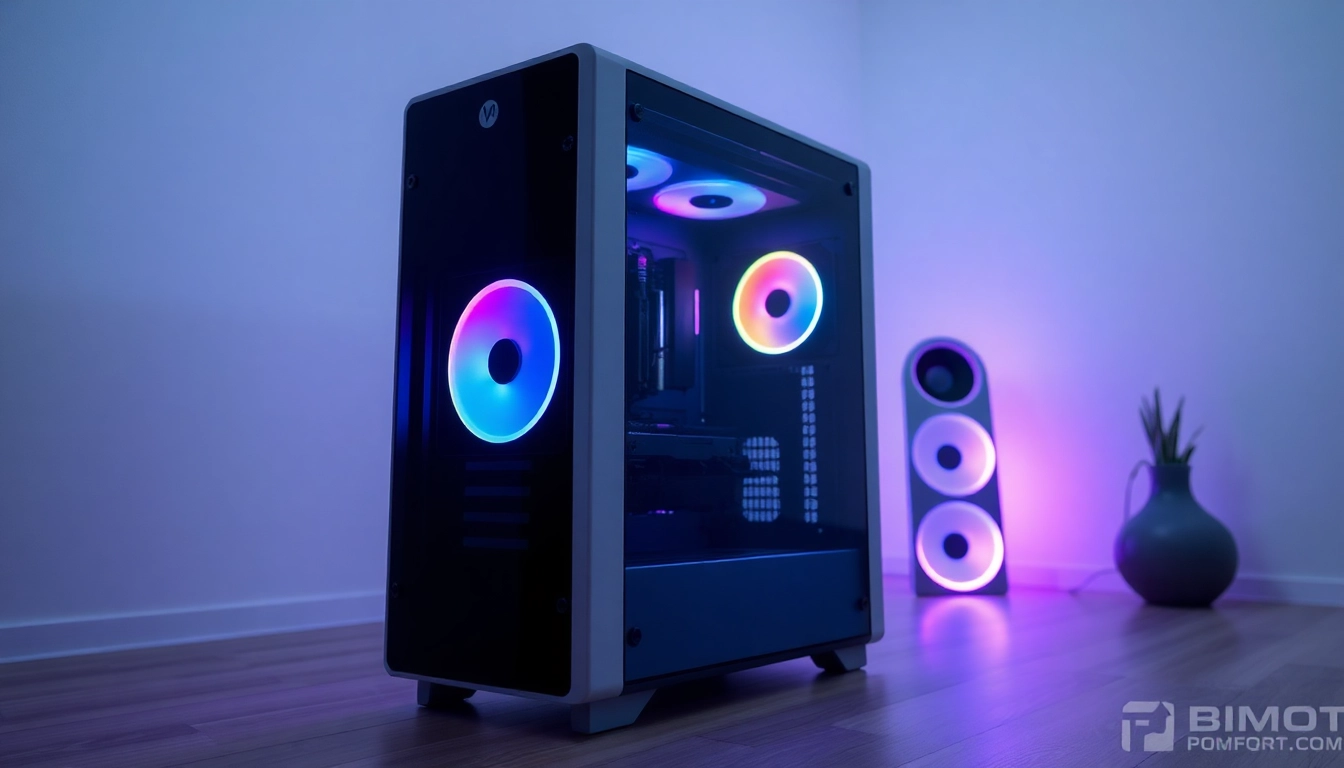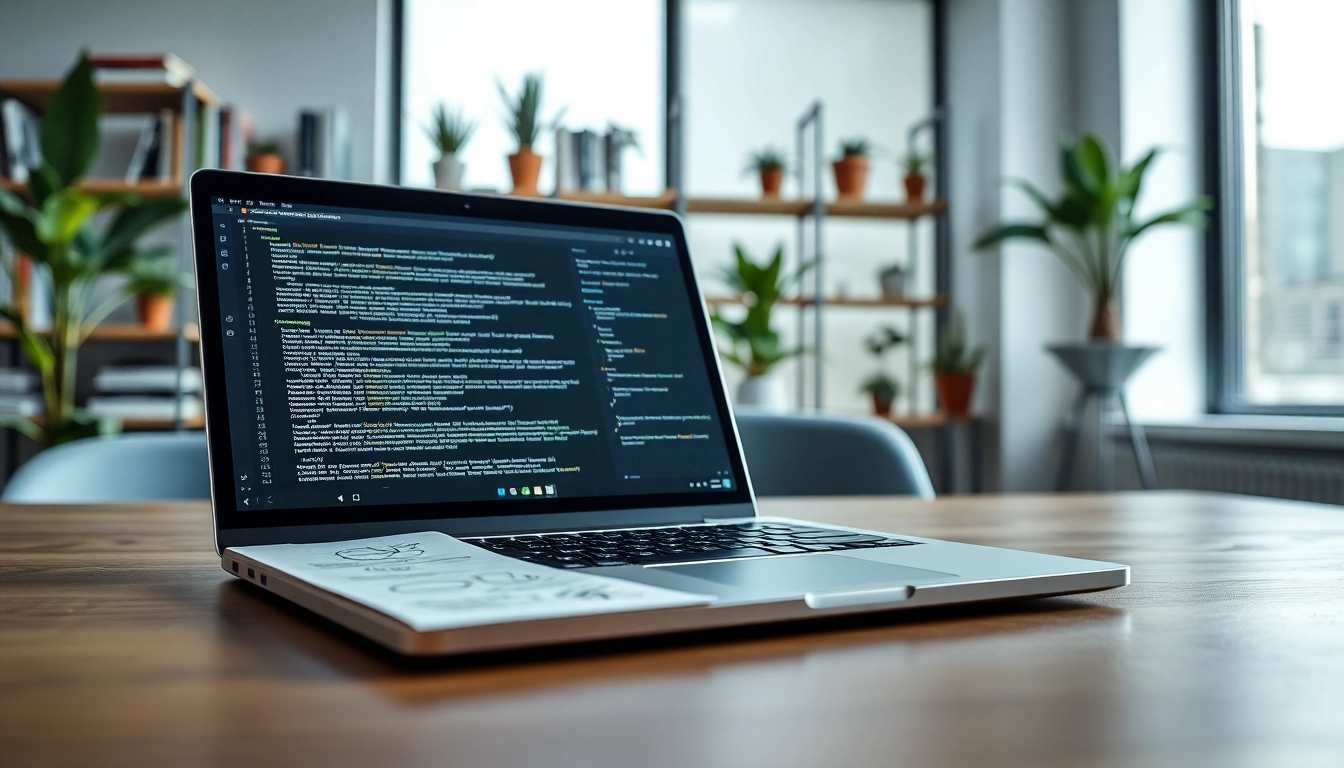Understanding Hardware Players: A Comprehensive Overview
Hardware players are specialized devices designed to capture, store, and play multimedia content. They have gained popularity for their versatility and convenience in a world increasingly driven by digital media. For those interested in exploring various hardware player options and utilizing their features effectively, https://hardwareplayer.com serves as a valuable resource. This article delves into what hardware players are, their key features, benefits, and typical use cases to help you navigate this space effectively.
What is a Hardware Player?
A hardware player is a device that is specifically designed to manage and play digital media files. Unlike conventional computers or mobile devices, hardware players focus solely on multimedia functions. They provide an optimized experience for streaming or storing audio and video content, making them suitable for both personal and commercial use. These devices can take various forms, including standalone audio players, portable video players, or complex systems used in commercial environments like digital signage.
Key Features and Benefits
- Simplicity: Hardware players typically offer a user-friendly interface that minimizes complexity, making them accessible to users of all levels.
- Dedicated Functionality: Since they are tailored for specific tasks, hardware players can often provide superior performance in tasks such as audio playback or video streaming compared to general-purpose devices.
- Portability: Many options are compact and lightweight, allowing users to take their media experiences on the go.
- Support for Various Formats: Most hardware players support multiple audio and video file formats, ensuring broader compatibility with content libraries.
Common Use Cases for Hardware Players
Hardware players find applications across various scenarios:
- Personal Use: Many individuals utilize hardware players for an enhanced music listening experience without the distractions of smartphones.
- Commercial Environments: Businesses often deploy hardware players for digital signage, delivering promotional content effectively to customers.
- Fitness and Active Lifestyles: Compact players allow users to enjoy music while exercising without needing a smartphone.
- Education: Hardware players can be employed in educational settings to playback instructional videos or audio materials.
Choosing the Right Hardware Player for Your Needs
Factors to Consider When Selecting
As you look to invest in a hardware player, there are several critical factors to consider:
- Audio Quality: Look for devices that support high-resolution audio formats and offer robust sound processing features.
- Storage Capacity: Depending on your content size, consider players with sufficient internal storage or external memory options.
- Battery Life: For portable devices, long battery life can be a decisive factor, especially for outdoor or travel use.
- Ease of Use: Simple navigation and clear interfaces enhance user experience significantly.
- Connectivity Options: Ensure the player can connect to various sources, whether it’s Bluetooth, Wi-Fi, or through traditional cables.
Comparative Advantages of Leading Models
In the market, various hardware players cater to different needs. When comparing models, evaluate their specifications to see how they align with your personal or business demands. Look at battery performance, file compatibility, and additional functionalities like voice control or app integrations. Some devices may feature exclusive technologies that can enhance your audio experiences, like advanced codecs or equalizer settings.
User Reviews and Recommendations
Reading user reviews is an invaluable part of the selection process. Engage with communities that focus on audio and video technology; these discussions can provide deeper insights into the real-world performance of hardware players. Look for patterns in reviews that mention customer service experiences, reliability during extensive use, and any common issues that arise.
Setup and Installation of Your Hardware Player
Unboxing and Initial Setup
Upon receiving your hardware player, carefully unbox the device and its accessories. Start by reading the user manual to understand the setup process better. Many hardware players come pre-charged, allowing you to power them up immediately. Familiarize yourself with the buttons and connections—this will make later steps smoother.
Connecting to Audio Sources
Connecting your hardware player to audio sources can take various forms. Follow these typical steps:
- Bluetooth Connections: If your player supports Bluetooth, enable it in the settings, and search for available devices to pair.
- Cable Connections: Use appropriate cables to link your player to speakers or home theater systems, ensuring secure connections for optimal performance.
- Wi-Fi Setup: For network-enabled devices, connect to Wi-Fi following the step-by-step on-screen instructions.
Optimizing Settings for Best Performance
To maximize the performance of your hardware player, delve into the settings menu and adjust preferences. Look for options that enable sound enhancements, adjust equalizer settings, or manage connectivity preferences. Personalizing these features can significantly elevate your media experience.
Enhancing Your Audio Experience with Accessories
Must-Have Accessories for Your Hardware Player
Various accessories can complement your hardware player, enhancing both functionality and enjoyment:
- High-Quality Headphones: Choosing the right headphones can dramatically improve the listening experience; look for ones that fit your sound preference.
- External Storage: Consider portable hard drives or high-capacity SD cards if you plan to keep extensive libraries.
- Cables and Adapters: Stock up on necessary cables that maximize connectivity options with different audio systems.
- Sound Amplifiers: For audiophiles, connecting amplifiers can enhance performance, particularly in home setups.
Maintenance Tips for Longevity
To ensure your hardware player lasts for years, routine maintenance is key:
- Regular Cleaning: Wipe the exterior with a microfiber cloth to remove dust and fingerprints.
- Firmware Updates: Check for firmware updates regularly to benefit from the latest features and security patches.
- Storage Management: Periodically remove unnecessary files or back them up to free up space.
Software Upgrades and Compatibility
Keeping your hardware player updated is crucial. Check the manufacturer’s website or within the player’s software settings to see if updates are available. Compatibility is equally important; some hardware players may not support the latest audio formats or apps, so ensure you understand these aspects before making a purchase.
Troubleshooting Common Issues
Identifying Common Technical Issues
Even the best hardware players can run into issues. Recognizing common problems can lead to quicker resolutions. Typical concerns might include:
- No Sound: Check volume settings, connection status, and whether the output device is functioning correctly.
- Battery Not Charging: Ensure the charging cable is functioning or try using a different outlet.
- Software Crashes: Frequent crashes may require a firmware update; refer to the manufacturer’s website for guidance.
Step-by-Step Troubleshooting Guide
If you encounter an issue, follow these general troubleshooting steps:
- Power cycle the device by turning it off and back on.
- Ensure all connections are secure and compatible.
- Check the user manual for specific troubleshooting tips.
- If necessary, reset the device to factory settings, keeping in mind that this will erase all saved settings and files.
When to Seek Professional Assistance
If you’ve exhausted troubleshooting and the device continues to malfunction, it may be time to consult with a professional. Look for authorized service centers or trusted technicians familiar with your hardware player model. Don’t attempt repairs beyond minor troubleshooting unless you have appropriate experience, as this could further damage the device.



